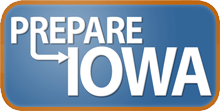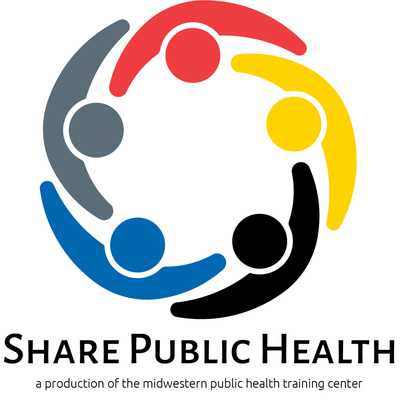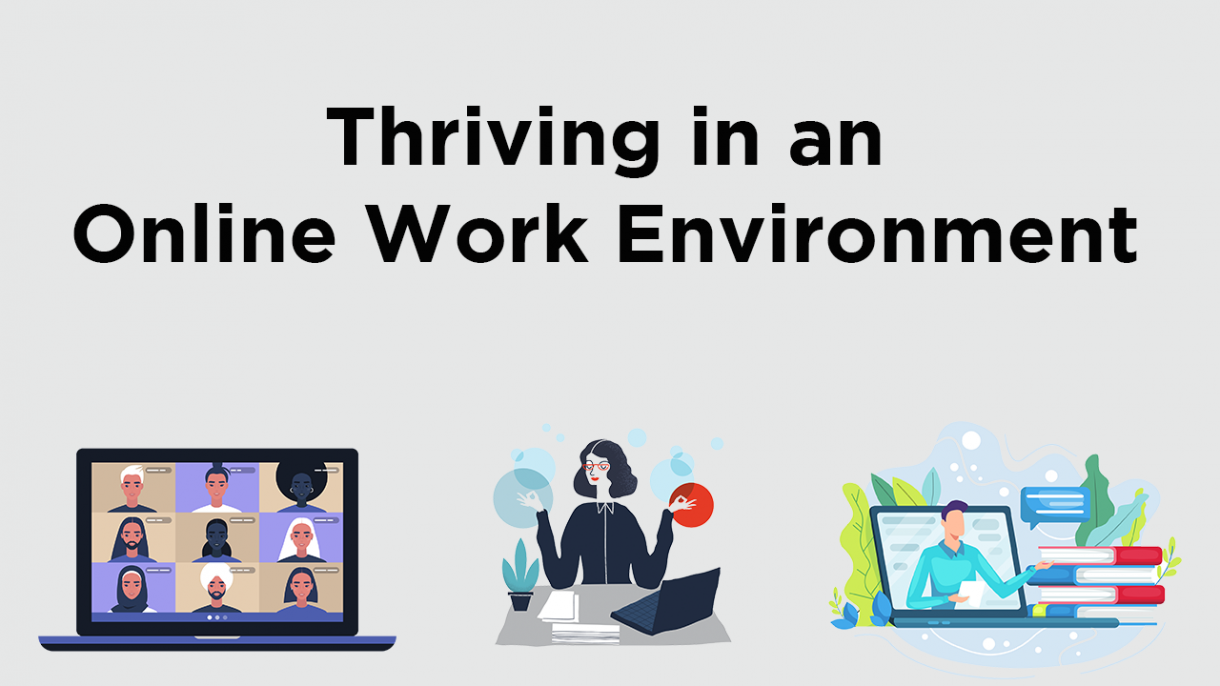The University of Iowa College of Public Health's Upper Midwest Public Health Training Center (UMPHTC), in cooperation with the Iowa Counties Public Health Association (ICPHA), has developed a series of practiced-based educational programs targeted toward new public health administrators and nursing administrators. The programs are part of the Institute's continuing effort to provide training to strengthen the skills and knowledge of the current public health workforce
Intended Audience
Public health administrators and nurse administrators who are relatively new in their positions (3 years or less) and who seek to enhance their skills and knowledge.
Learning Objectives
At the conclusion of this course, you will be able to:
- Describe the roles and issues that occur in the management of a local public health agency.
- Identify how to balance public health functions within a multi-focused agency.
- Discuss the identification of training needs within an agency and how to address these needs.
- Identify environmental health enforcement issues that may occur when contracting with local boards of health.
Pre-requisites/Learning Level
No pre-requisites
Competencies addressed
Core Competencies for Public Health Professionals identified:
Domain 5: Community Dimensions of Practice Skills
- 5A2. Recognizes relationships that are affecting health in a community (e.g., relationships among health departments, hospitals, community health centers, primary care providers, schools, community-based organizations, and other types of organizations).
- 5B2. Identifies relationships that are affecting health in a community (e.g., relationships among health departments, hospitals, community health centers, primary care providers, schools, community-based organizations, and other types of organizations).
- 5A3. Suggests relationships that may be needed to improve health in a community.
- 5B3. Suggests relationships that may be needed to improve health in a community.
- 5C3. Suggests relationships that may be needed to improve health in a community.
- 5A5. Collaborates with community partners to improve health in a community (e.g., participates in committees, shares data and information, connects people to resources).
- 5B6. Facilitates collaborations among partners to improve health in a community (e.g., coalition building).
- 5C6. Establishes written agreements (e.g., memoranda-of-understanding [MOUs], contracts, letters of endorsement) that describe the purpose and scope of partnerships.
- 5A6. Engages community members (e.g., focus groups, talking circles, formal meetings, key informant interviews) to improve health in a community.
- 5A8. Uses assets and resources (e.g., Boys & Girls Clubs, public libraries, hospitals, faith-based organizations, academic institutions, federal grants, fellowship programs) to improve health in a community.
- 5B9. Explains the ways assets and resources (e.g., Boys & Girls Clubs, public libraries, hospitals, faith-based organizations, academic institutions, federal grants, fellowship programs) can be used to improve health in a community.
- 5C9. Negotiates for use of assets and resources (e.g., Boys & Girls Clubs, public libraries, hospitals, faith-based organizations, academic institutions, federal grants, fellowship programs) to improve health in a community.
CEUs Offered
None
Cost
Free
Modality/format
Online Self-Pace
Length
1 hour
Presenter(s) and/or Content Experts
Karen Fread RN, BSN, MBA
Technical requirements
- Adobe Acrobat Reader
- Flash Player
- Speakers
Registration requirements
Register a free account
Creation and/or update
October 18, 2013





